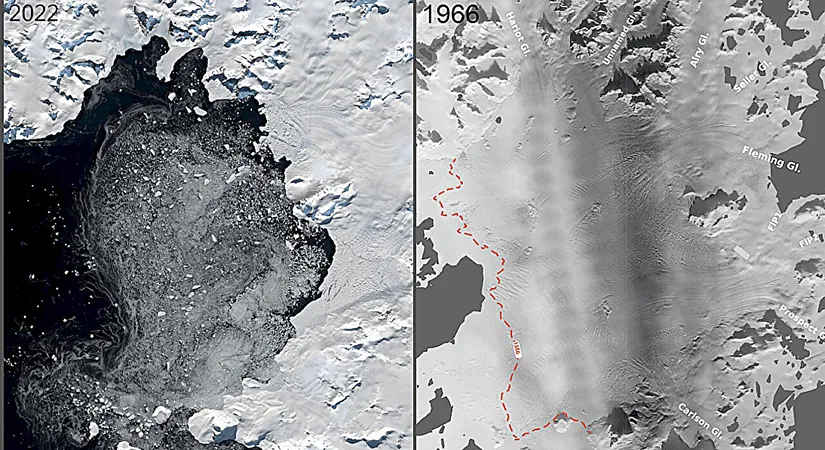
Old Photos Unveil Shocking Insights on Ice Shelf Collapse and Impending Sea Level Rise
2025-07-08
Author: Amelia
Imagine a single photograph taken on November 28, 1966, that holds the key to understanding our planet's future! An American military plane soared over the Antarctic Peninsula, capturing an image of the Wordie Ice Shelf, unaware of the monumental changes about to unfold.
Fast forward three decades, and the ice shelf dramatically collapsed, a precursor to what scientists are now realizing could have untold consequences for global sea levels. Researchers at the University of Copenhagen are harnessing this historical snapshot—along with hundreds of others—to dissect the origins of this ice shelf’s demise.
Revolutionizing Our Understanding of Ice Shelf Dynamics
By merging aerial photographs from the 1960s with cutting-edge satellite data, scientists have crafted a time-lapsed view of the Wordie Ice Shelf’s gradual collapse. This groundbreaking research illustrates that ice shelf failures are not instant catastrophes but gradual processes, offering crucial insights into what could happen next.
According to lead researcher Mads Dømgård, "We have identified several signs signaling the onset of ice shelf collapse that we expect to monitor in other regions." This extensive dataset now serves as a new tool to assess the status of ice shelves under threat, potentially changing how ice stability is measured.
Tiny Collapses, Massive Consequences
While Wordie's downfall resulted in only a few millimeters of sea level rise, it acted like a cork, freeing up glaciers behind it to slide more easily into the ocean. This ripple effect poses critical threats, particularly from larger ice shelves like Ronne and Ross, which could contribute up to five meters to global sea levels!
And don't let Antarctica's remote location fool you—its melting ice affects places far and wide, including regions in the Northern Hemisphere like Denmark, due to gravitational shifts in ocean distribution.
Unveiling the Real Culprit Behind Ice Shelf Collapse
Using an advanced technique called structure-from-motion photogrammetry, researchers created elaborate 3D models showcasing changes in the ice shelf’s surface and behavior over time. What they found was astonishing: contrary to earlier beliefs attributing collapse to warmer air and surface meltwater, it’s the rising sea temperatures beneath the ice that are the true villains driving this collapse.
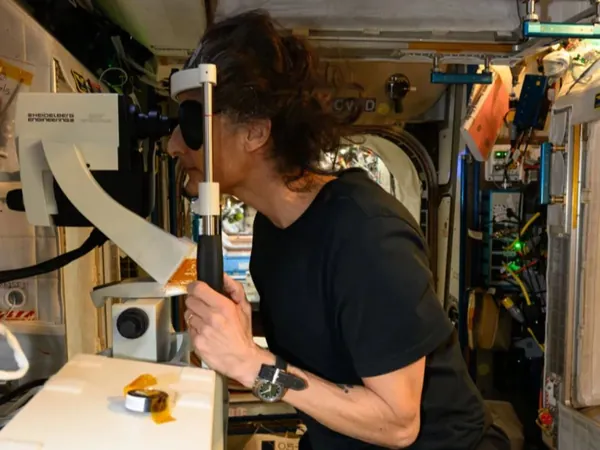
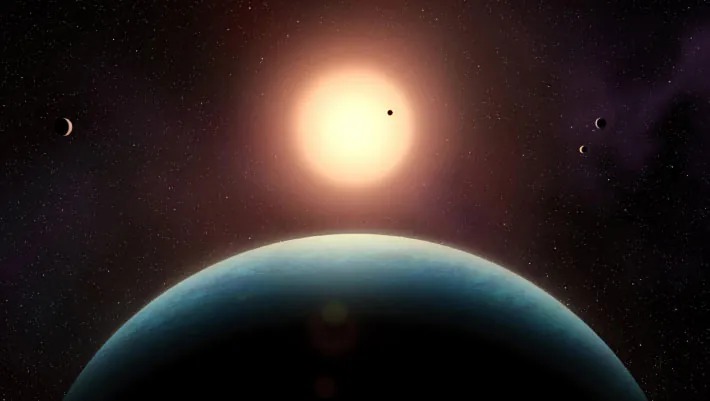
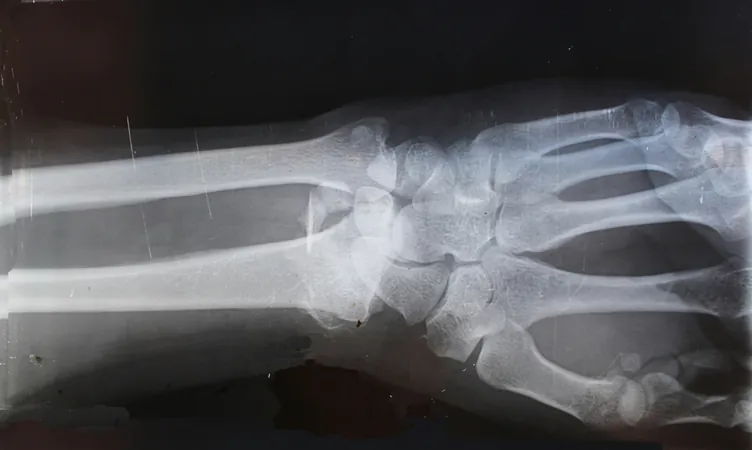


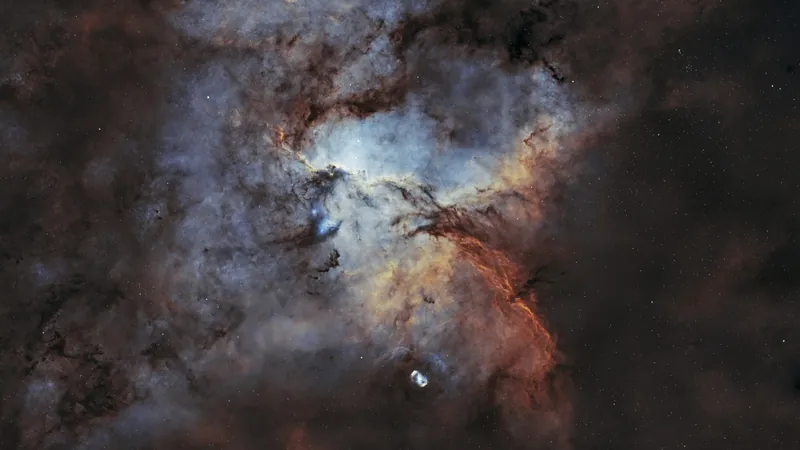

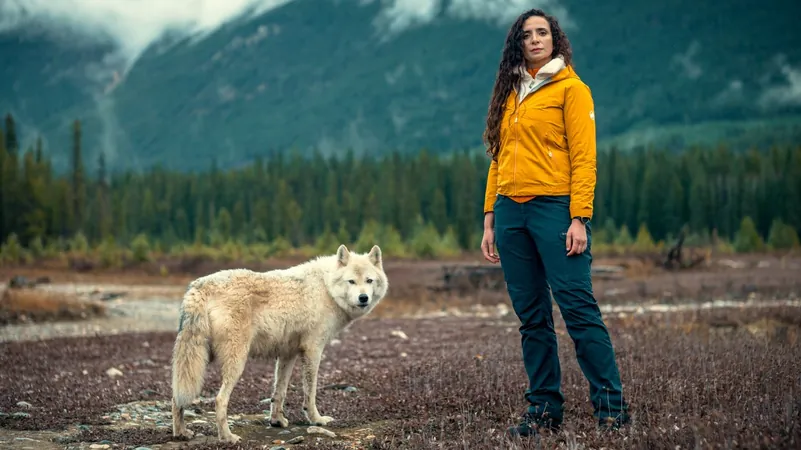

 Brasil (PT)
Brasil (PT)
 Canada (EN)
Canada (EN)
 Chile (ES)
Chile (ES)
 Česko (CS)
Česko (CS)
 대한민국 (KO)
대한민국 (KO)
 España (ES)
España (ES)
 France (FR)
France (FR)
 Hong Kong (EN)
Hong Kong (EN)
 Italia (IT)
Italia (IT)
 日本 (JA)
日本 (JA)
 Magyarország (HU)
Magyarország (HU)
 Norge (NO)
Norge (NO)
 Polska (PL)
Polska (PL)
 Schweiz (DE)
Schweiz (DE)
 Singapore (EN)
Singapore (EN)
 Sverige (SV)
Sverige (SV)
 Suomi (FI)
Suomi (FI)
 Türkiye (TR)
Türkiye (TR)
 الإمارات العربية المتحدة (AR)
الإمارات العربية المتحدة (AR)